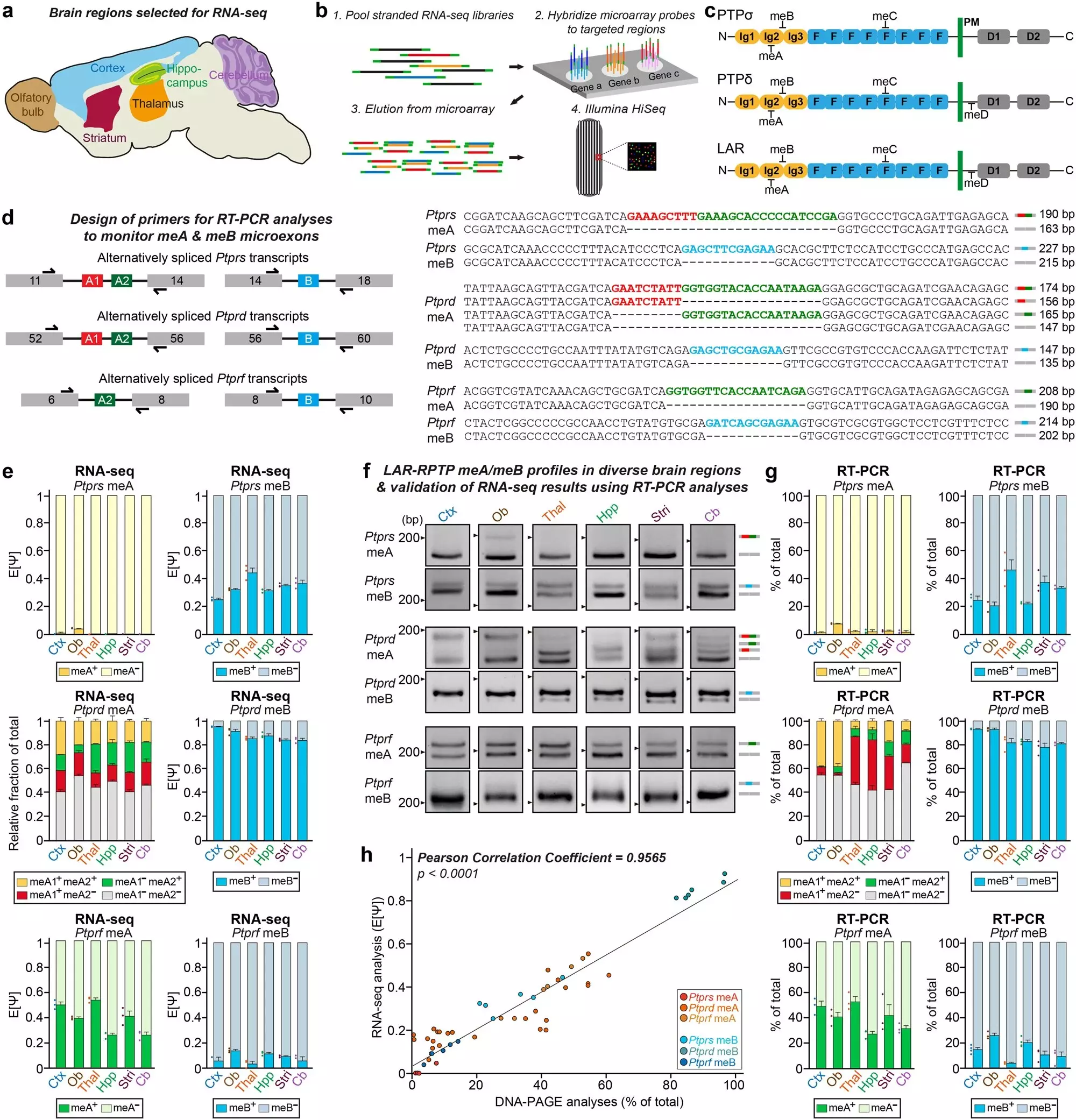The Synapse Diversity and Specificity Regulation Research Team at DGIST has conducted groundbreaking research on the molecular code that makes up brain neural circuits. They have uncovered that this molecular code plays a crucial role in regulating specific excitatory synapse traits that contribute to memory of new object locations. This discovery opens up new possibilities for the development of treatments for brain developmental disorders related to synaptic dysfunction.
Synapses are key connection points between neurons in the brain, essential for transmitting neural information and regulating neural circuits. The focus of this study was on synaptic adhesion proteins, which are vital for brain development and function. Understanding how these proteins bind together and how this binding is regulated was a major gap in previous research. The research team led by Prof. Jaewon Ko has been delving into the workings of the LAR-RPTP protein group, a pre-synaptic adhesion protein, since 2011.
Using RNA sequencing (RNA-seq), the researchers analyzed the expression of two core microexons of the LAR-RPTP gene across different brain regions, cell types, and neural circuits. They observed a significant increase in the levels of specific microexons related to memory activities in experimental mice. This indicates that the synaptic adhesion pathway controlled by LAR-RPTP proteins undergoes changes during the learning process, suggesting the potential for regulating specific brain functions through this pathway.
Past research has linked LAR-RPTP proteins to a range of brain disorders, including autism. Dysfunctional microexons in neural genes can lead to brain development disorders, affecting functions such as memory. The study found that alterations in neural circuit-specific microexons could be connected to a decline in object location memory. These findings provide valuable insights for developing new treatments for brain diseases by targeting post-synaptic protein complexes associated with LAR-RPTP microexons.
Research Director Jaewon Ko emphasized the significance of the study, stating that it offers vital clues on how LAR-RPTP proteins use microexon molecular codes to regulate specific synaptic traits across various neural circuits. This research paves the way for a deeper understanding of the role of synaptic adhesion proteins in brain function and opens new avenues for potential therapeutic interventions in brain disorders.

